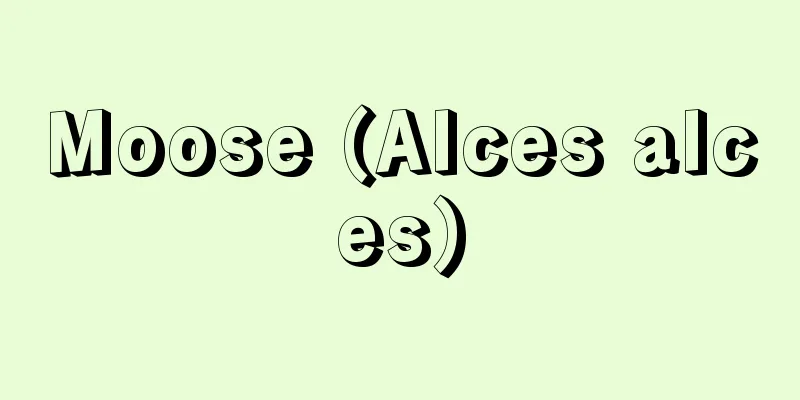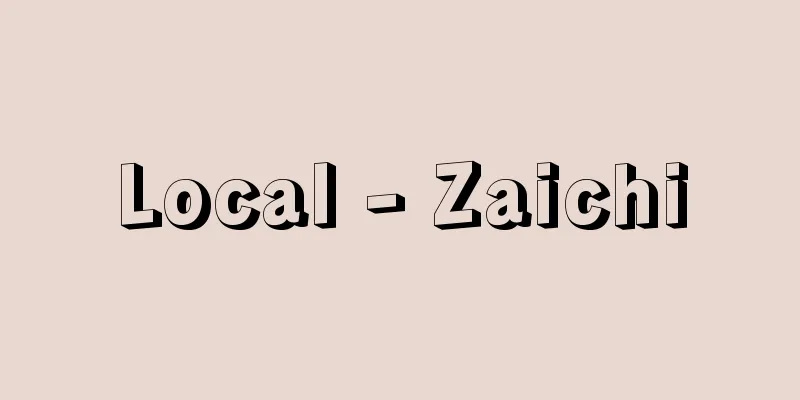Vowel harmony

|
Restrictions on vowel arrangement. In some languages, the series of vowels (wide and narrow, front and back, round and flat) are in conflict with each other, which can appear as a constraint when constructing words. This phenomenon is called vowel harmony. The sounds used in human languages are divided into consonants and vowels. The timbre of a vowel changes depending on the width of the resonance chamber of the oral cavity, the narrow position between the palate and the tongue, and the rounding of the lips. A vowel with a wide mouth opening like "a" is called an open vowel, a vowel with a narrow mouth opening like "i" is called a narrow vowel, a vowel with the narrow position closer to the front of the mouth like "i" is called a front vowel, a vowel with the narrow position closer to the back of the mouth like "u" in English is called a back vowel, a vowel with the rounded lips like "u" in English is called a round vowel, and a vowel without the rounded lips like "u" is called a flat vowel. For example, Turkish has eight vowels, but the front vowels i, ü [y], ö [œ], and e do not coexist with the back vowels [ɯ], u, o, and a in the same word (except for foreign words), and this restriction also applies when followed by an ending or suffix. The word köpek (dog) consists of only front vowels, and its plural is köpek-ler, while the word maymun (monkey) consists of only back vowels, and its plural is maymunlar. Furthermore, there is an opposition between round and flat vowels in koyun-u (sheep) versus kedi-yi (cat). Vowel harmony is widely found in Turkish, Mongolian, and Tungusic languages, but a similar phenomenon is also found in ancient Japanese. [Kazuo Takeuchi] Source: Shogakukan Encyclopedia Nipponica About Encyclopedia Nipponica Information | Legend |
|
母音配列に関する制限のこと。言語によっては、母音の系列(広狭、前後、円平)が対立していて、語を構成するうえでの制約となって現れることがある。この現象を母音調和という。人の言語に用いられる音は、子音と母音に分けられる。母音は口腔(こうこう)の共鳴室の広さ、口蓋(こうがい)と舌との間の狭めの位置、唇の丸め方などによって、その音色を変える。アのような口の開きの大きいものを広母音(ひろぼいん)、イのような口の開きの小さいものを狭母音(せまぼいん)とよび、イのような狭めの位置が口の前のほうに寄っているものを前母音(まえぼいん)、英語のウのような狭めの位置が口の後ろのほうに寄っているものを後母音(あとぼいん)とよび、英語のウのような唇の丸めを伴うものを円母音(まるぼいん)、伴わないものを平母音(ひらぼいん)とよぶ。 たとえば、トルコ語には母音が八つあるが、前母音のi,ü[y],ö[œ],eは、後母音の[ɯ],u,o,aと一語のなかで共存しないのが原則であり(外来語を除く)、語尾や接尾辞が続く場合にもこうした制限下に置かれる。köpek(キョペキ)「イヌ」という語は前母音のみからなり、その複数形はköpek-ler(キョペキレル)となるが、maymun(マイムン)「サル」という語は後母音のみからなり、その複数形はmaymunlar(マイムンラル)となる。さらにkoyun-u(コユヌ)「ヒツジ・を」対kedi-yi(ケディイ)「ネコ・を」などでは、円母音と平母音の対立が加わる。母音調和はトルコ系諸言語、モンゴル諸語、ツングース諸語などに広く認められるが、古代日本語にも似たような現象が認められている。 [竹内和夫] 出典 小学館 日本大百科全書(ニッポニカ)日本大百科全書(ニッポニカ)について 情報 | 凡例 |
Recommend
Bean sprouts
Seeds of grains, beans, vegetables, and grasses a...
dithyrambos
…Years of birth and death unknown. He created the...
eserine
…It is also called eserin. It is an alkaloid cont...
"The Nine Classics" - Kyukeikai
…1781 volumes. Also called “Interpretations of th...
Metallic corrosion
…There was a time when corrosion was considered t...
Associative learning
…In contrast to habituation, a passive process in...
Amako Haruhisa
Year of death: December 24, 1561 (January 9, 1561)...
rotation speed
…In both cases, because it is a difficult maneuve...
Conceptual theory - Begriffsjurisprudenz (German: Begriffsjurisprudenz)
A term coined by Rudolf von Jhering. It was a sat...
Total Parenteral Nutrition
A method of supplying nutritional fluid to the ven...
under-population
…The third is stagnant surplus population, which ...
Mirror pillar
…Furthermore, depending on the type of building, ...
Church of Jesus Christ of Latter-Day Saints
…The secular name for the Church of Jesus Christ ...
Gatsugara kelp - Gatsugara kelp
…A group of seaweeds in the brown algae family La...
Laramie - Laramie (English spelling)
A city in southeastern Wyoming, USA. It is locate...









